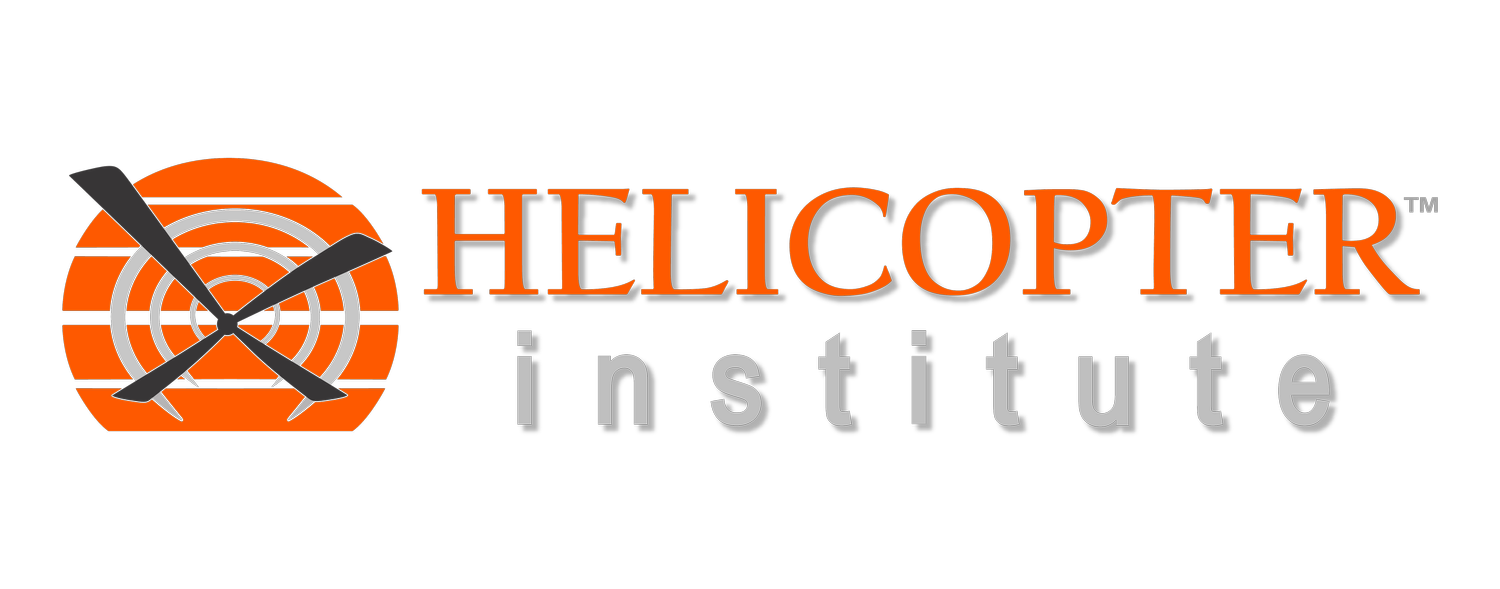Simulation
Simulation At Helicopter Institute
As simulated flight-training technology improves and becomes more affordable, the Helicopter Institute Inc. (HII) training environment has evolved to embrace it. Insurance companies and helicopter operators increasingly require flight simulation in VFR and IFR training programs. While the FAA provides limited credit for training in specific training devices, industry safety advocates strongly encourage every pilot to take advantage of any approved flight simulation technology for improved proficiency and safety.
HII fully embraced simulation as a parallel training tool to support our in-flight training programs. Most of the helicopter models flown by HII have a simulation solution. Our dedicated Flight Simulation Lab located at our Fort Worth training facility boasts simulation platforms for Airbus (AS350BA/B2), Bell (206, 407, 427), and Robinson helicopters (R22/44).
All flight simulation devices must be FAA approved if the training time is to be counted toward an FAA certificate, rating, or qualification. Advisory Circular (AC) 61-136A, FAA Approval of Aviation Training Devices (ATD) and Their Use for Training and Experience, provides information and guidance for the required function, performance, and effective use of ATDs for pilot training and aeronautical experience (including instrument currency). The FAA issues a letter of authorization (LOA) to an ATD manufacturer approving an ATD as a basic aviation-training device (BATD) or an advanced aviation training device (AATD). LOAs are valid for a five-year period with a specific expiration date and include the amount of credit a pilot may take for training and experience requirements.
The two (2) types of ATDs utilized by HII are:
Advanced Aviation Training Device (AATD)—provides an adequate training platform for both procedural and operational performance Tasks specific to the ground and flight training requirements for the Private Pilot Certificate, Instrument Rating Certificate, Commercial Pilot Certificate, Airline Transport Pilot Certificate, and Flight Instructor Certificate per 14 CFR parts 61 and 141. It also provides an adequate platform for Tasks required for instrument experience and the instrument proficiency check. (Airbus AS350BA/B2, Bell 206, Bell 407, Bell 427)
Basic Aviation Training Device (BATD)—provides an adequate training platform for both procedural and operational performance Tasks specific to instrument experience and the ground and flight training requirements for the Private Pilot Certificate and Instrument Rating per 14 CFR parts 61 and 141. (Robinson R22/44)
When considering using an ATD to support your training program, it is very important to understand that the Letter of Authorization (LOA) issued by the FAA General Aviation and Commercial Branch, AFS-850 for the ATD, and the Statement of Qualifications (SOQ) issued by the National Simulator Program for the ATDs is all controlling in how much time can be credited and what maneuvers can be demonstrated for airman certification when using an ATD. Additionally, these documents must be readily available at the location of the ATD. If you don’t see it…ask!
Flight simulation is key to comprehensive training. The ability to practice maneuvers or procedures not available in an actual aircraft in-flight is extremely valuable. In situations where the simulation is not approved for FAA flight credit, the simulation practice remains valuable. HII utilizes our simulation for all courses to include flight instructor and non-pilot (Tactical Flight Officer) familiarization programs as well.


